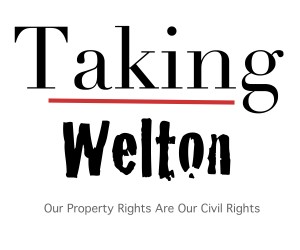Understanding urban renewal
“Urban renewal is a misunderstood and, on occasion, an inappropriately used mechanism for redevelopment. Many don’t understand urban renewal at all, only a small portion of the population has a firm grasp of it.
Having previously served as the vice-chair of Colorado Springs’ Urban Renewal Authority, I am not an expert, but I do know enough to call BS on falsely stated “facts” about what URA is and is not.
I want to present some of the basics so we can have a more intelligent discussion about urban renewal and the use of tax-increment financing (TIF) when discussing the City for Champions proposal and how it relates to the existing Southwest Downtown Urban Renewal District.
The purpose of TIF is to improve the economic state of a district by minimizing some of the cost and risk of a new development. The risk is reduced by selling bonds to pay for infrastructure and other improvements typically at the onset of a project that are later bought back through the tax increments created through adjacent new development.
Typically, from the release of the bonds, TIF has a duration of 20-25 years, however this clock can sometimes be reset or extended if the development is stalled with poor economic conditions, for example.
Breaking it down further, TIF is not a tax increase because TIF only exists if the improvements increase property value and therefore property tax. It’s common that the approval of an urban renewal district itself will increase the values due to the dedication by the municipality to make it happen.”
Olson, John. Colorado Springs Independent 30 November 2014.
